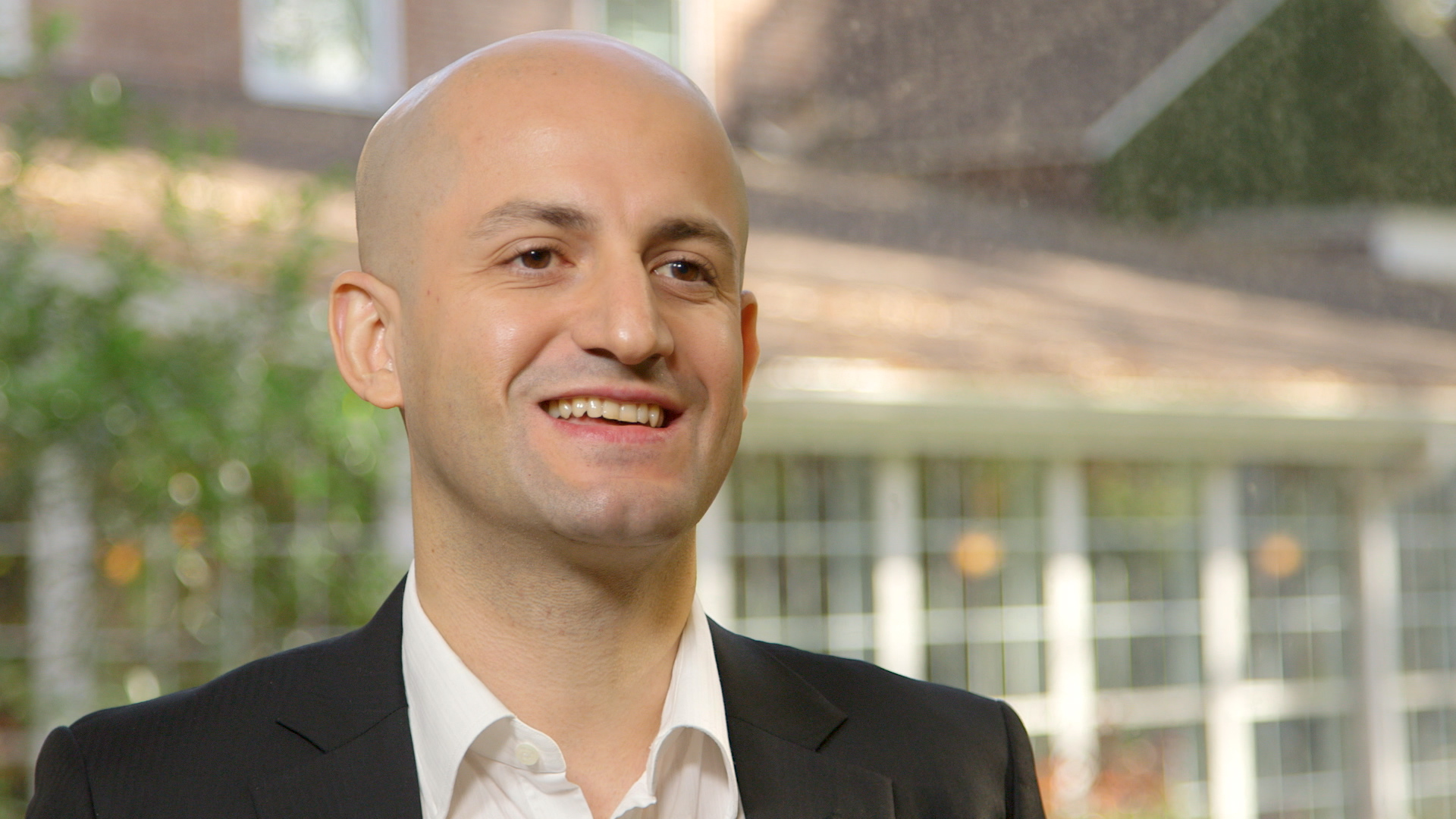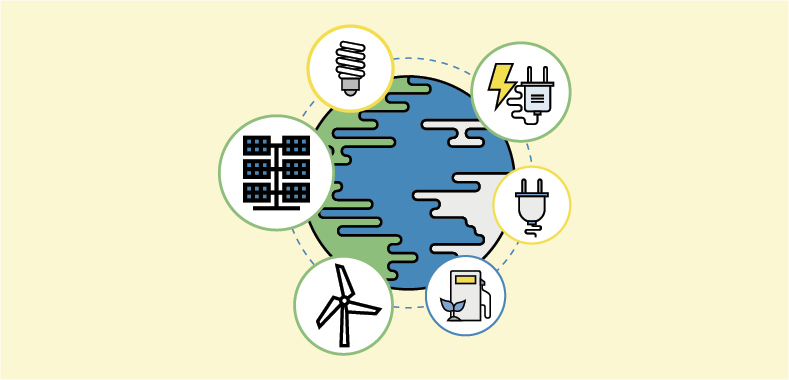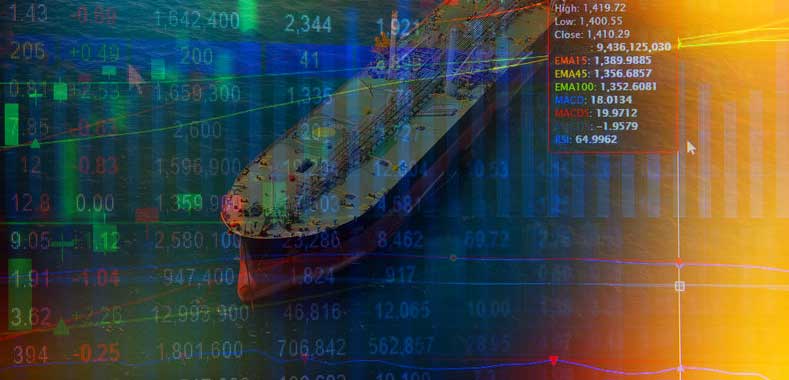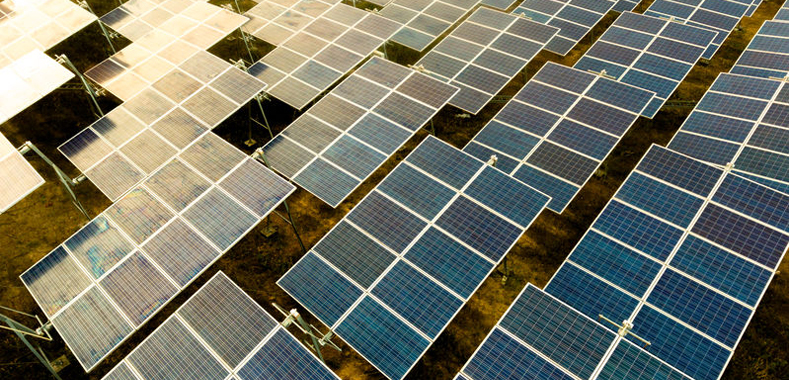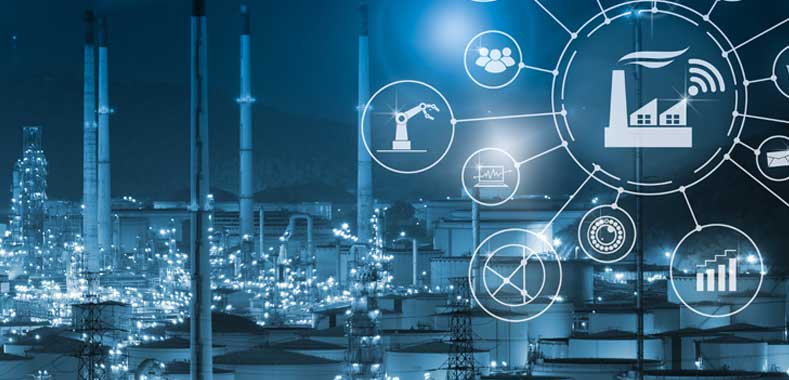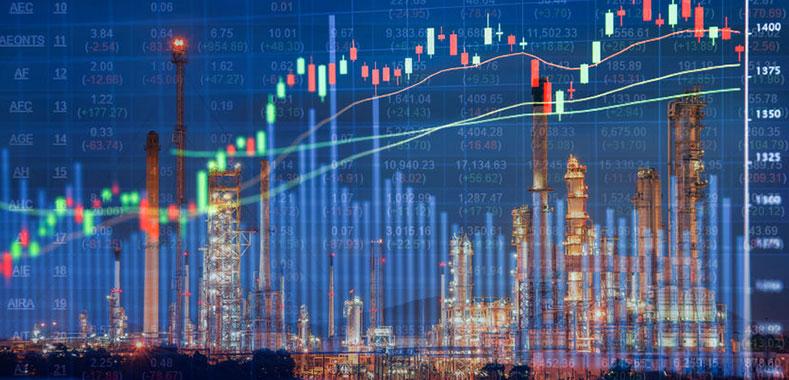Drones and Disruption Enter the Energy Industry
Like many other industries, the energy industry is beginning to see disruption from advances in virtual reality, data analytics, artificial intelligence, machine learning and even drones. A seasoned energy advisor offers a glimpse of the future of a very important sector.
Transcript Download Transcript
Drones and Disruption Enter the Energy Industry
Privcap: How are new technologies disrupting the energy industry?
Regina: The great thing about the energy industry is that it’s always been incredibly technologically advanced. The thing that’s happening now that’s quite unique is the information technology disruption, and how new entrants are coming in with different products, different services and different ways of looking at the data that the industry has historically collected, and providing new insights. So, you’ve got the advent of artificial intelligence, what robotics might be able to do, what virtual reality might be able to do, drones, 3D printing—it’s a vast array of technologies that are coming into the landscape that could radically impact how the industry operates today.
How can drones be used to manage energy assets?
Regina: They can do pipeline inspections over pipelines that are obviously above-ground pipelines. They can go out to different well sites and circulate and try to see what’s happening. They can have cameras and visualization so that engineers sitting in a control room will actually be a part of the drone and can visually observe the equipment without ever having to leave a control room that might be in Houston, Texas, or Aberdeen, or another location onshore.
How about virtual reality?
Regina: Virtual reality has huge benefits for supplementing the workers who are still offshore, but also training them as they get ready to go offshore.
I was with a very large integrated oil company that has a terrific vision about how they’re going to use HoloLens virtual reality technology to improve how things get done on a drilling rig or on a production platform. So, an engineer or a mechanic could be on a platform, put the virtual reality lens on, have access to all kinds of manual standards, other types of data points, and can be taking instruction from a specialist engineer who might be sitting onshore who would further help them evaluate the equipment, help them decide what the maintenance schedule will be, help them determine when to take something offline.
How are the big, established players in oil and gas adopting these new technologies if they don’t have a history of deploying them?
Regina: The way I see some of the very large, mature, established players in the oil and gas industry adapting to these technological trends is they are largely developing that capability within themselves. So, the role of a data scientist, and data scientists in general, are hugely sought-after skill sets. Most of the very large players are hiring them. They’re creating their own innovation factories and their own places to build this technology and these capabilities. They will shop, but frankly, I think they worry that if they go buy it from an existing provider, then that means it’s just going to be available to the rest of the players and they’ll lose that critical early advantage.
Are many of your clients still trying to figure out what their digital strategies should be?
Regina: Frankly, using the term “digital” is old already. What you really need to be coming up with is, what is your new operating model and what is your business strategy in a technology-enabled world?
How am I going to take advantage of some of these techniques? 3D printing, the ability to make materials, or the ability to put more sensors on this equipment and analyze it onshore to the extent that we can remove some of the humans from the jobs in the field that are incredibly dangerous, and we can use robots, drones, AI, to drive that kind of activity. Then, we’ll achieve the results of finding and extracting hydrocarbon while using humans in a better and more effective way [that’s] safer, friendlier and more environmentally efficient.



